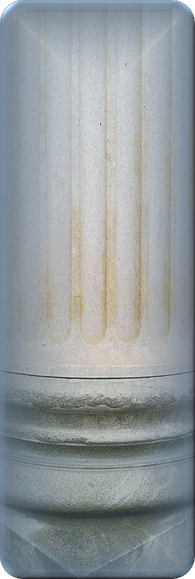Standards-based internet creation and flowing navigation are vital factors
Don't look for unusual and unconventional web site implementations. Users don't have time to play at any « how to do » discovery game while landing on your on-line content. Avoid crowding a site with repetitive content and useless or cryptic functionalities. Simple is more than complex, explicit is better than implicit. Do whatever possible to facilitate the user goals:
- Use web standard conventions for important elements (navigation, links, headlines ..) that are familiar to web users
- Web design elements (such as menus, logos, colors and layout) should be distinct, easy to find and consistent throughout the web site
- The website information architecture is crucial to web usability
- Web content topics and categorization should flow from broad to narrow
- It should be built around users’ needs, not company structure
- An intuitively designed website structure will guide the user to their goals
- Site map available from every page, and breadcrumbs on every page at standard position
Designing web usability and accessibility makes a website easy to use and scale
Just put architectural and visual clarity in the top list of your site fundamental requirements. A web-sites company like RasadaCrea, with a solid software web development, knows how to advising to help you. Examples of modern web design practices which give credit to your site reputation include:
- Having a working search box available on all pages
- Web design for users who might have a disability, thus care about facilitating character resizing, screen readers skipping to main content
- Highlighting key phrases and words
- Use bulleted lists, paragraphs to break up information, descriptive and distinct headings
- Don't trade-off on web page displaying speed
- Never compromise site usability and websites SEO




